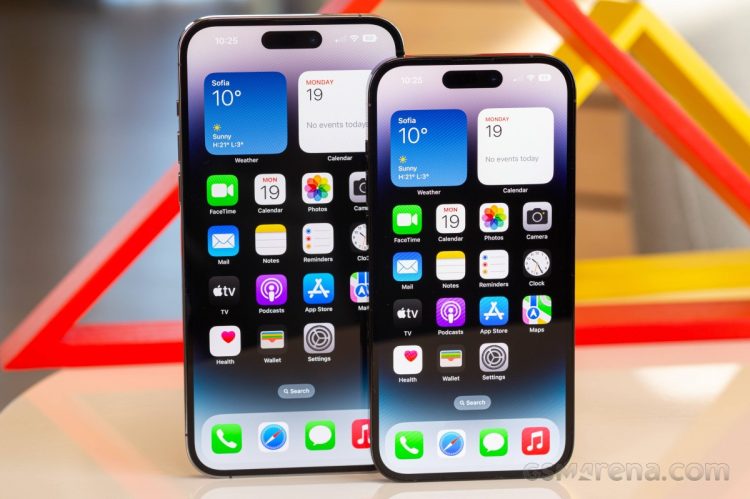Apple’s Strong Performance

In recent news, Apple announced that it sold 39.9 million iPhones in the past year, while Samsung sold 12.7 million year over year [1]. These numbers have sparked interest and speculation about the performance and strategies of both companies. This article will delve into a comprehensive analysis of the sales figures and explore what they mean for Apple and Samsung in the competitive smartphone market.
Apple’s Strong Performance
Apple’s sales figures of 39.9 million iPhones demonstrate the company’s continued success and popularity among consumers [1]. The strong performance can be attributed to several factors, one of which is Apple’s brand loyalty. Apple has built a reputation for delivering high-quality products with a seamless user experience, which has cultivated a loyal customer base [2]. The brand loyalty is evident in the consistent demand for iPhones, even in the face of intense competition from other smartphone manufacturers.
Another contributing factor to Apple’s success is its ability to innovate and introduce new features that captivate consumers. With each new iPhone release, Apple introduces advancements in technology, design, and functionality that entice customers to upgrade their devices [2]. This constant innovation keeps Apple at the forefront of the market and maintains consumer interest in their products.
Furthermore, Apple’s strong ecosystem plays a significant role in driving sales. The seamless integration between Apple devices, such as iPhones, iPads, Macs, and Apple Watches, creates a cohesive user experience that encourages customers to stay within the Apple ecosystem [2]. This ecosystem lock-in effect fosters customer loyalty and increases the likelihood of repeat purchases.
Samsung’s Performance and Challenges
While Samsung’s sales figures of 12.7 million smartphones year over year may seem comparatively lower than Apple’s, it is important to consider the broader context [1]. Samsung remains a dominant player in the smartphone market and continues to enjoy a significant market share worldwide [1]. Despite facing intense competition from Apple and other Android manufacturers, Samsung has managed to maintain its position as a leading smartphone brand.
One of the challenges Samsung faces is the highly competitive nature of the smartphone market. With numerous manufacturers vying for consumer attention, Samsung must continuously innovate and differentiate its products to stay relevant [2]. Additionally, Samsung faces competition not only from Apple but also from other Android manufacturers who offer similar features and functionalities at competitive prices.
Another factor that may have impacted Samsung’s sales figures is the global semiconductor shortage. The shortage has affected various industries, including the smartphone industry, leading to supply chain disruptions and production constraints [3]. These challenges may have limited Samsung’s ability to meet the demand for its smartphones, resulting in lower sales figures.
Future Outlook and Strategies
Looking ahead, both Apple and Samsung are expected to continue their efforts to maintain and expand their market presence. Apple’s strong brand loyalty and ecosystem integration provide a solid foundation for future success. The company’s focus on innovation and delivering cutting-edge technology will likely continue to drive consumer interest and sales [2].
Samsung, on the other hand, will need to leverage its strengths in manufacturing capabilities and global reach to overcome challenges and regain momentum. The company’s ability to differentiate its products and offer unique features will be crucial in attracting consumers in a highly competitive market [2]. Additionally, Samsung’s diversification into other areas such as semiconductor manufacturing and consumer electronics can provide opportunities for growth and revenue generation.
Conclusion
In conclusion, Apple’s sales figures of 39.9 million iPhones and Samsung’s sales figures of 12.7 million smartphones year over year reflect the ongoing competition between these two tech giants [1]. Apple’s strong performance can be attributed to factors such as brand loyalty, innovation, and a cohesive ecosystem [2]. Meanwhile, Samsung faces challenges in a highly competitive market, compounded by the global semiconductor shortage [3]. Both companies will continue to navigate these challenges and strive for success in the ever-evolving smartphone industry.





